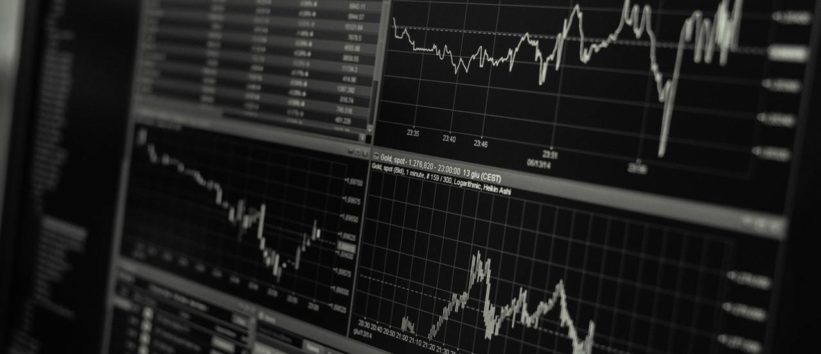How to Analyze Forex Charts
by Andrew McGuinness Jul 16, 2019

If you've only just begun Forex Trading, you may be intimidated by Forex Charts that are commonplace on most major trading sites. While these charts may look scary and difficult to comprehend to an outsider, the truth is that they are relatively simple to understand once you get the hang of reading them. Forex charts give you information that is crucial to making informed trading decisions, so it's important that you take the time to learn how to read and analyze them while also comparing currency exchange pairs; doing so can be the secret to making money when trading forex.
Before you begin to analyze Forex charts, remember that the amount in which you will rely on the data present heavily depends upon your analysis strategy. If you are taking a fundamentalist approach to Forex analysis, you will rely less on the data presented because your time will be mostly spent learning about the political and socioeconomical interactions between the two currencies you want to trade, and how they have traded in the past. However, if you are taking a technical analysis standpoint, you will be attempting to predict how currencies will swing depending upon historical Forex data; this means that Forex charts will be your primary point of reference when it comes to deciding how and when you would like to buy and sell currencies.
The most commonly traded pair of currencies is the EUR/USD, so we will use this as our example when it comes to explaining how to read a Forex chart. When you look at a chart comparing the euro and the dollar, the right side of the chart will always show you the amount of currency that you are holding, and the left side will show you how much of your current currency you will need to purchase the desired currency. You will also notice a "bid" and an "ask" price when going to make your purchase. This is because there is a slight discrepancy between the actual value of the currencies and what you will pay. The ask price is always slightly higher than the bid because it is the amount that is required per unit of that currency to trade through your broker. Think of it as a type of commission that you must pay in order for your broker to perform the transaction for you- there is usually only a few cents difference between the bid and the ask price, so you will likely end up saving a large amount of money when compared to trading stocks, which requires you to pay a flat commission fee on every movement you make.
Most Forex traders relying on technical analysis join a service that provides real-time updates on the current value of the currencies they are interested in. As a beginner Forex Trader, you will likely want to begin with free services like XE.com that provide both real-time and historical data on currency values and pairs. XE.com even offers a free app that works without the need for internet connection, so you can analyze historical data on the go.
While patterns in currency values do not guarantee success on the market, understanding these trends can mean a higher likelihood of succeeding. Take the time to compare a few currency pairs that you are interested, or begin trading with a free demo account before committing yourself to a large investment. Happy trading!

